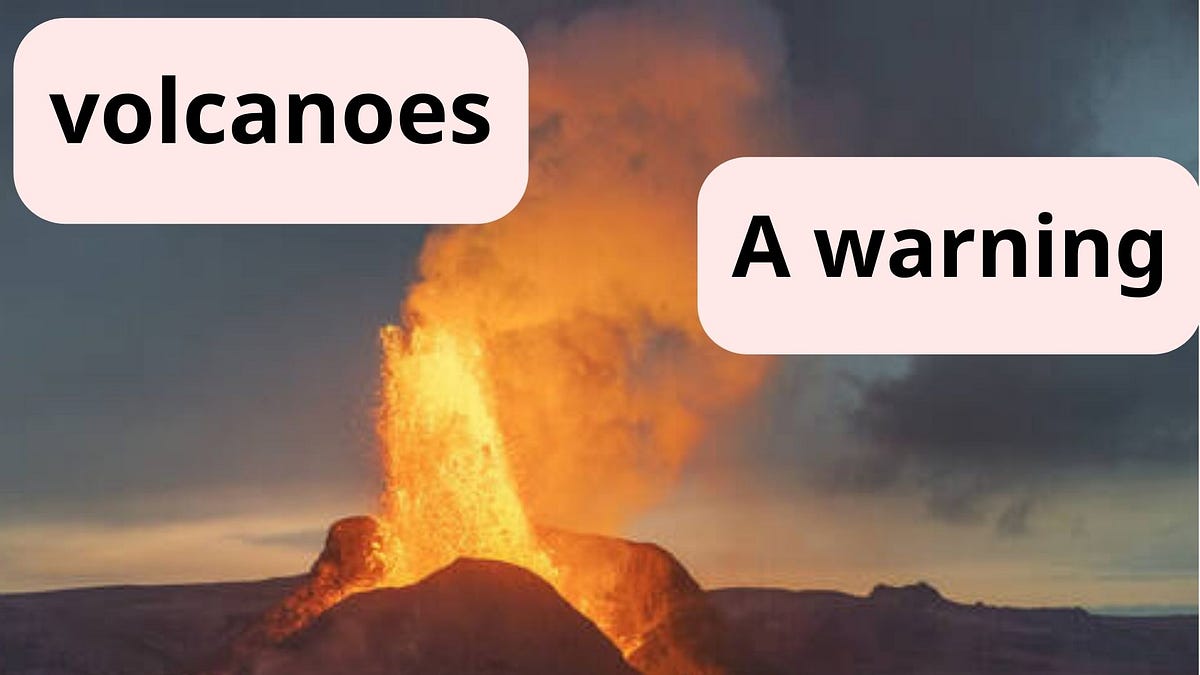 Medium
Medium By Abdosabry
Scientists launch a major warning about the world’s most dangerous volcanoes. Scientists have warned that some of the world’s most dangerous volcanoes are not sufficiently studied, making it difficult to predict the extent of their eruption or when they might erupt.
The arc of successive volcanoes or “The Cascade arc” extends from Northern California in the United States to British Columbia in Canada and includes more than a dozen volcanoes 11 of which including Mount Baker and Mount Hood are classified by the United States Geological Survey as a “very significant threat” meaning they pose significant risks to people and infrastructure.
Despite the potential for significant danger scientists have little data on where magma is stored under the “Cascade Arc” knowledge that can help scientists better understand and predict future explosions Prediction of eruption is still far from accurate science with different volcanoes exhibiting different behaviors before the eruption and in some cases, giving little warning.
A key aspect of explosion forecasting is the size location and flow of magma under the volcano which scientists say is missing in the “Cascade Arch” area.
A team led by Associate Professor Penny Weiser said in the journal Geochemistry, Geophysics Geosystems: “Cascade’s arc contains a number of large volcanoes that pose a significant risk to the population and infrastructure for example Mount St. Helens and Mount Rainier.
To date, there has been no widespread review of where magma (molten rock) is stored in the Earth’s crust under these volcanoes although understanding where magma is stored is very important to help monitor disturbances in these volcanoes and predict future activity. “
In 1980 a devastating eruption from Mount St. Helens in Washington State killed 57 people. However, the behaviour of this volcano is fairly well understood so its future eruptions can be predicted. A number of other volcanoes are located in the “Cascade Arch” near populated areas and pose a significant risk to people but the team found their understanding to be very weak.
“We have compiled all available data on magma storage for each volcano and found that many volcanoes had very few studies to look at despite the risks they pose to society.” Seismic data tilt scale readings and satellite information can detect Earth’s distortions indicating that magma is moving beneath the surface.
However, most research focuses on a few cascading volcanoes that have already been well described.
Practical constraints can also hinder scientists’ understanding of volcanoes. Sometimes magma does not move enough to be detected and other times, noise from different geological processes (including earthquakes from cracks) reduces the signal from magma…
READ FULL ARTICLE HERE… (medium.com)
Home | Caravan to Midnight (zutalk.com)







Be First to Comment